Home>Garden Essentials>How To Get Seeds From Beets
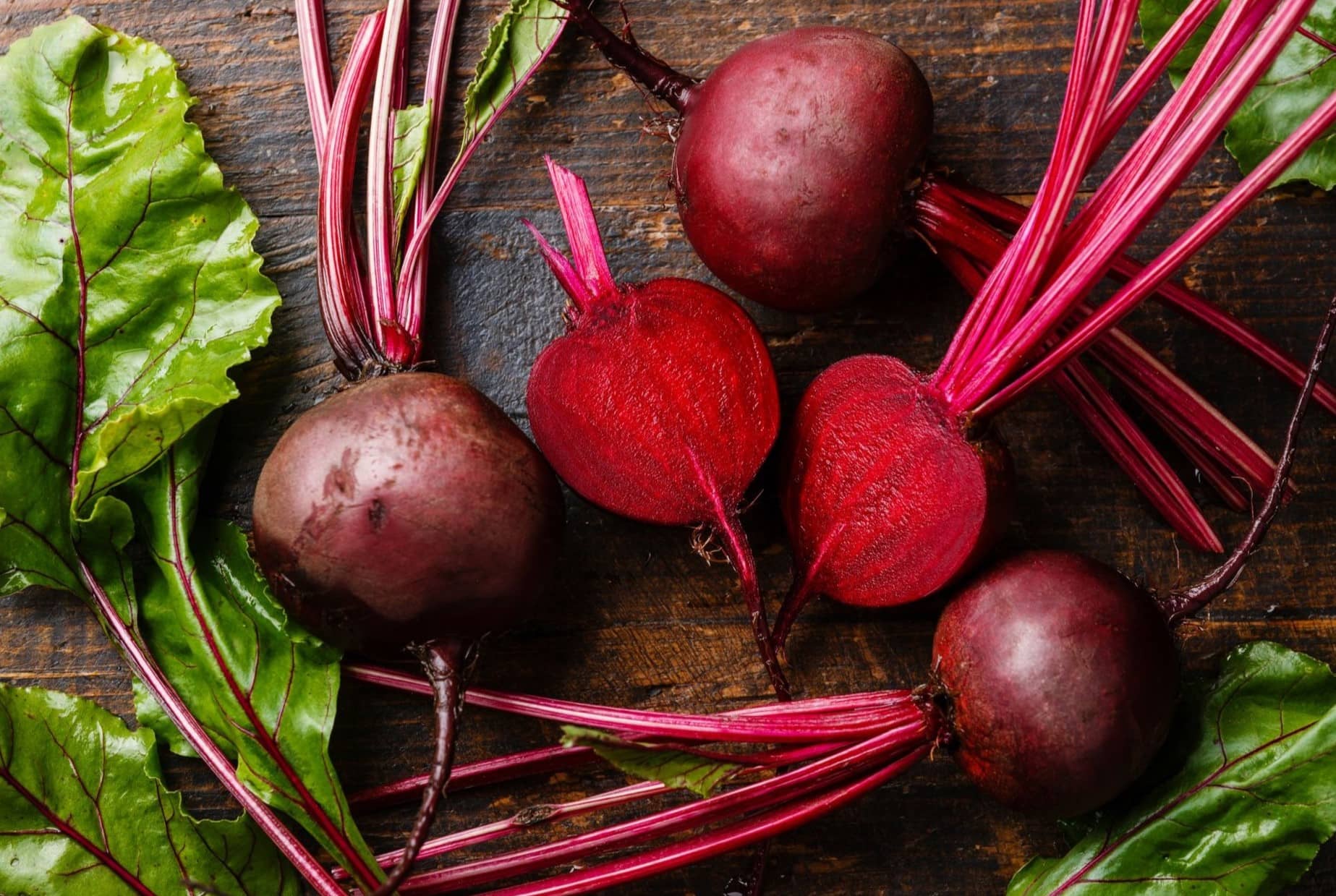

Garden Essentials
How To Get Seeds From Beets
Modified: March 15, 2024
Learn how to get seeds from beets in your garden and start growing your own vegetables. Follow our step-by-step guide for successful seed saving.
(Many of the links in this article redirect to a specific reviewed product. Your purchase of these products through affiliate links helps to generate commission for Storables.com, at no extra cost. Learn more)
Introduction
Welcome to the world of gardening, where the joy lies not only in growing beautiful plants but also in the ability to sustain your garden and save money by producing your own seeds. One such plant that offers this opportunity is the humble beet. While beets are commonly grown for their earthy and nutritious roots, they also produce seeds that can be harvested and saved for future planting.
In this article, we will guide you through the process of how to get seeds from beets, allowing you to continue enjoying a bountiful beet harvest year after year. Whether you’re a seasoned gardener looking to expand your knowledge or a beginner eager to explore the intricacies of seed-saving, this step-by-step guide will equip you with the necessary information to successfully collect and store beet seeds.
Before we dive into the process, it is important to note that beets, like many other biennial plants, do not produce seeds until their second year of growth. In the first year, the plant focuses its energy on developing a robust root system and storing nutrients. It is in the second year that the plant shifts its focus to producing flowers and, ultimately, seeds. Understanding this natural cycle will help you plan accordingly and optimize your seed harvest.
Now that we have set the stage, let’s embark on our journey of how to get seeds from beets, so you can continue cultivating this delicious and versatile vegetable in your garden for years to come!
Key Takeaways:
- Save money and sustain your garden by learning how to get seeds from beets. Follow the natural growth cycle, harvest, prepare, extract, dry, and store the seeds for future bountiful beet harvests!
- Embrace seed-saving to deepen your gardening connection and enjoy continuous beet crops. Follow the essential steps of harvesting, preparing, extracting, drying, and storing beet seeds for sustainable and rewarding gardening experiences.
Read more: How Many Beets Grow From One Seed
Step 1: Harvesting the Beets
The first step in obtaining beet seeds is harvesting the beets themselves. Before you can collect the seeds, you need mature beets that have completed their growth cycle. Here’s how to do it:
- Timing: Beets are typically harvested for their roots when they reach a desirable size, usually around 1 to 2 inches in diameter. However, for seed saving purposes, you’ll need to leave the beets in the ground for a longer period, until they are fully mature. This usually takes about 8 to 10 weeks after the expected harvest date for beet roots.
- Observation: Keep a close eye on your beets as they grow. Once they have reached their full maturity, you’ll notice that the plants will begin to die back and the leaves will start to turn yellow. This is a sign that it’s time to harvest the beets.
- Loosening the soil: Before pulling out the beets, gently loosen the soil around each plant with a garden fork or a hand trowel. This will make it easier to remove them without damaging the roots.
- Harvesting: Grasp the beet greens near the base of the plant and gently pull upward. The beets should come out of the ground with the greens attached. If the tops of the beets have already dried up and detached, use a digging tool to carefully lift the beets out of the ground.
- Cleaning: Once you have harvested the beets, gently remove any excess soil clinging to the roots. Avoid washing them at this stage, as excess moisture can affect the quality of the seeds.
By following these steps, you will have successfully harvested your beets, setting the stage for the next phase of obtaining beet seeds. Now, let’s move on to preparing the beets for seed extraction.
Step 2: Preparing the Beets for Seed Extraction
Now that you have harvested your beets, it’s time to prepare them for seed extraction. This step is crucial in ensuring the viability and quality of the seeds. Here’s what you need to do:
- Choose high-quality beets: Select the healthiest and most vigorous beets for seed extraction. Look for beets that are free from disease, damage, or deformities. These beets have a higher chance of producing viable seeds.
- Trimming the greens: Using a sharp pair of garden scissors or pruning shears, carefully trim the greens from the beets. Leave about an inch of the stems attached to the roots. Removing the greens helps redirect the plant’s energy towards seed development.
- Curing the beets: To further support seed development, the beets need to be cured. Place the trimmed beets in a well-ventilated area, away from direct sunlight, and allow them to dry for about one to two weeks. This curing process helps reduce moisture in the beets, enhancing the longevity of the seeds.
- Monitoring the beets: While the beets are curing, regularly check them for any signs of mold, rot, or other issues. Discard any beets that show signs of deterioration, as they may affect the quality of the seeds.
- Labeling and storing: It’s important to keep track of the varieties of beets you are working with. Use labels or markers to identify each beet’s variety and note down any relevant information. Once the beets are fully cured, place them in a cool and dry location for safekeeping until you’re ready to extract the seeds.
By taking these steps to prepare your beets for seed extraction, you are ensuring that the seeds will be of optimal quality. Now that the beets are ready, let’s move on to the next step—extracting the seeds!
Step 3: Extracting the Seeds
Now comes the exciting part—extracting the seeds from the prepared beets! Here’s a guide on how to do it:
- Gather the necessary materials: To extract the seeds, you’ll need a bowl or bucket, water, and a strainer or sieve.
- Working with small batches: To make the process more manageable, work with a small number of beets at a time. Start by selecting one beet for extraction.
- Squeezing the beets: Using your hands, squeeze and crush the beet root gently over the bowl or bucket. Take care to separate the seeds from the pulp. The seeds should easily detach from the beet flesh.
- Separating the pulp: Once you’ve squeezed out as many seeds as possible, pour the mixture of seeds and pulp into the strainer or sieve. Rinse it under running water to remove any remaining pulp.
- Cleaning the seeds: Shake the strainer or sieve gently to remove excess water. Spread the seeds out on a clean towel or paper towel and allow them to air dry for a few days. Avoid using heat or direct sunlight for drying, as it can damage the seeds.
Repeat these steps for each beet you’re extracting seeds from. By doing so, you’ll gather a sufficient quantity of beet seeds for future plantings.
It’s worth noting that beet flowers are typically pollinated by bees and other insects. As a result, there is a chance of cross-pollination between different varieties of beets if they are growing in close proximity. If you want to maintain the purity of a specific beet variety, consider isolating the plants to prevent cross-pollination.
Now that you know how to extract the seeds, let’s move on to the next step—drying them properly!
To get seeds from beets, allow the plants to grow until they bolt (produce a flower stalk). Once the flowers dry, collect the seeds and store them in a cool, dry place for future planting.
Step 4: Drying the Seeds
Drying the beet seeds is a crucial step in ensuring their viability and longevity. Properly dried seeds have a higher chance of germinating and producing healthy plants. Let’s explore how to dry the seeds effectively:
- Spread the seeds: After extracting the seeds from the beets, spread them out in a single layer on a clean, dry surface. You can use a tray, a mesh screen, or a piece of paper. Make sure the seeds are not piled on top of one another.
- Air drying: Place the seeds in a well-ventilated area away from direct sunlight. Allow them to air dry for about one to two weeks. During this time, the seeds will lose any remaining moisture and harden.
- Stirring the seeds: To ensure even drying, gently stir or shuffle the seeds every few days. This will prevent them from clumping together and promote uniform drying.
- Checking for dryness: After a couple of weeks, check the seeds for dryness. They should feel hard and crunchy to the touch. If there is any residual moisture, give them more time to dry.
- Testing for readiness: To determine if the seeds are fully dried, perform a simple test. Take a few seeds and try to bend them. If they snap or break, they are dry and ready for storage. If they are still flexible, continue drying them.
Properly dried beet seeds can be stored for several years, maintaining their viability for future plantings. The drying process is essential in preventing mold, mildew, and fungal growth that can damage the seeds.
Now that the beet seeds are thoroughly dried, let’s move on to the final step—storing them properly!
Read more: How Many Days For Beet To Germinate
Step 5: Storing the Seeds
Proper storage is crucial for preserving the viability and longevity of your beet seeds. Follow these steps to ensure your seeds stay in optimum condition:
- Cleaning the seeds: Before storing the beet seeds, ensure they are completely dry and free from any debris or plant matter. Remove any remaining bits of dried pulp or chaff.
- Labeling: It’s essential to label your seed packets or containers with the variety, date, and any other relevant information. This will help you keep track of the seeds and ensure they are used within their recommended storage timeframe.
- Using airtight containers: Place the dried seeds in airtight containers, such as glass jars or sealed plastic bags. Make sure the containers are clean and moisture-proof, as exposure to moisture can reduce seed viability.
- Optimal storage conditions: Store your beet seeds in a cool, dry, and dark place. Ideally, the temperature should be between 32°F (0°C) and 41°F (5°C). Avoid storing seeds in areas prone to temperature fluctuations or high humidity, such as basements or garages.
- Checking for viability: To ensure the viability of your stored beet seeds, perform a germination test before each planting season. Simply place a small number of seeds on a damp paper towel and keep it in a warm location. If the seeds germinate within the expected timeframe, they are still viable.
- Rotating seed stock: To maintain robust and genetically diverse plants, it’s advisable to rotate your seed stock every few years. This means using the oldest seeds first and replenishing your collection with fresh seeds from different sources.
By following these storage practices, your beet seeds will remain viable for multiple planting seasons, allowing you to enjoy a continuous supply of beets in your garden.
Congratulations! You have now successfully learned how to get seeds from beets, from harvesting to storing. By saving seeds from your own beets, you have not only saved money but also developed a deeper connection with the gardening process. You can continue to expand your seed-saving skills and explore other plant varieties!
Happy gardening and enjoy your future beet harvests!
Conclusion
Congratulations on completing the journey of learning how to get seeds from beets! By embracing seed-saving practices, you have unlocked a world of possibilities in your gardening endeavors. Not only can you continue growing your favorite beet varieties year after year, but you have also gained the knowledge and skills to save seeds from other plants in your garden.
Throughout this article, we covered the essential steps of harvesting the beets at the right time, preparing them for seed extraction, extracting the seeds, drying them properly, and storing them in ideal conditions. Each step plays a vital role in ensuring the viability and quality of the seeds.
Remember, the process of seed-saving is not just about obtaining seeds for future use; it is an opportunity to deepen your understanding of plant life cycles, foster a connection with nature, and actively participate in sustainable gardening practices.
As you embark on your seed-saving journey, don’t be afraid to experiment and learn from the process. Each year, you can refine your technique and adapt it to suit your unique garden conditions. You may even discover new and exciting variations within your beet crops!
So, as you continue tending to your garden and enjoying the fruits of your labor, remember the satisfaction that comes from growing your own plants from saved seeds. It’s a remarkable journey that connects you with the long-standing tradition of agriculture and ensures the preservation of plant diversity.
Now it’s time to put your newfound knowledge into practice. Grab your gardening tools, head out to your garden, and start saving those beet seeds. Happy gardening!
Frequently Asked Questions about How To Get Seeds From Beets
Was this page helpful?
At Storables.com, we guarantee accurate and reliable information. Our content, validated by Expert Board Contributors, is crafted following stringent Editorial Policies. We're committed to providing you with well-researched, expert-backed insights for all your informational needs.
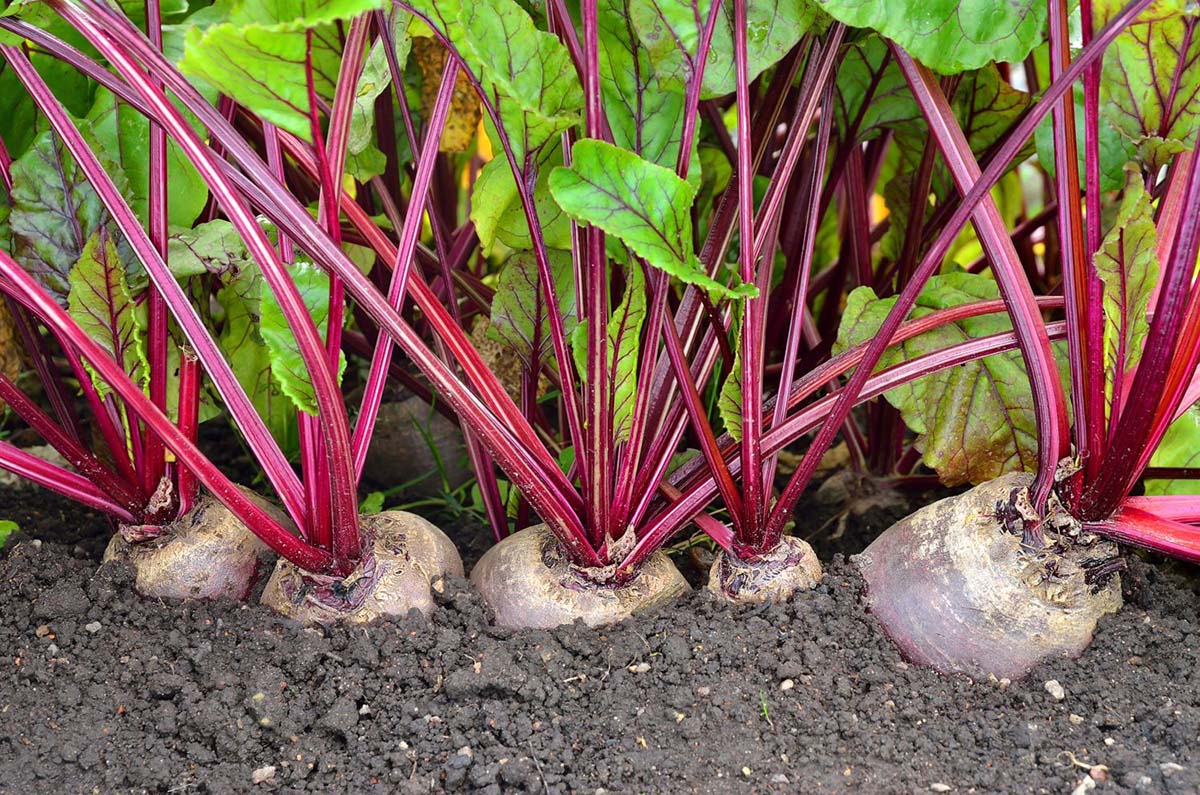
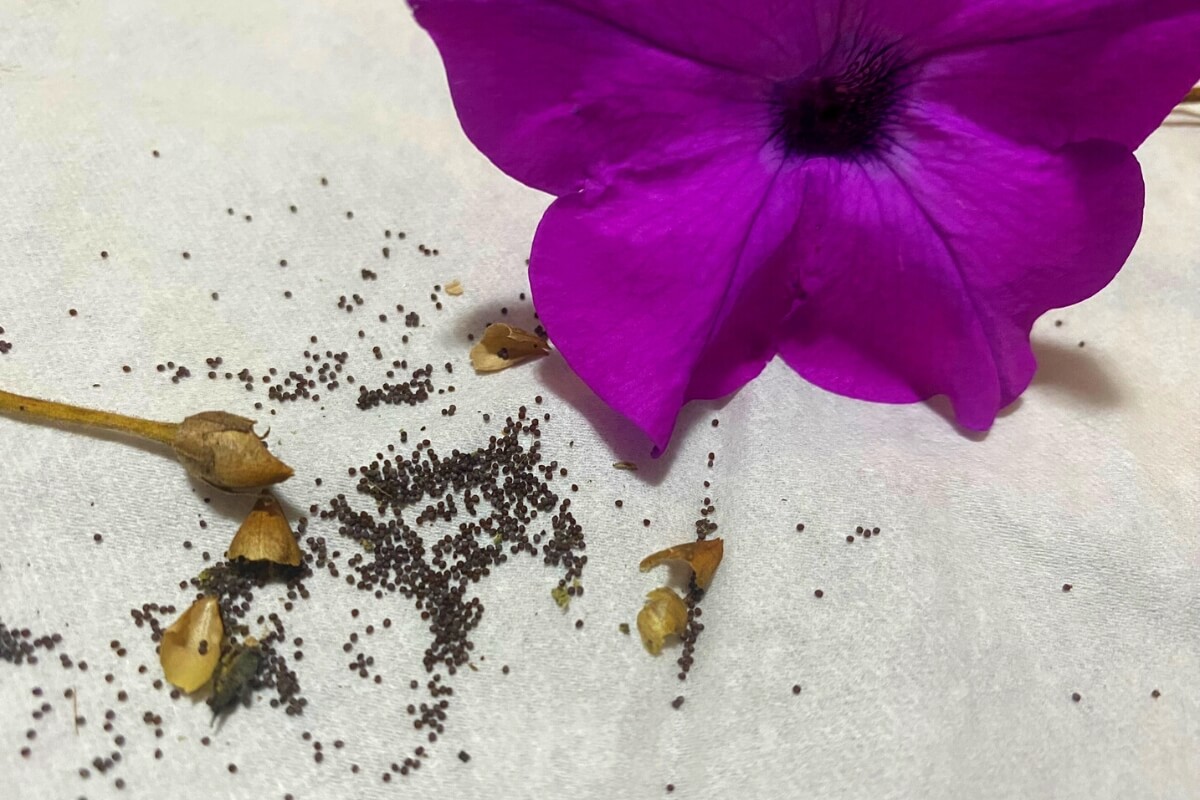
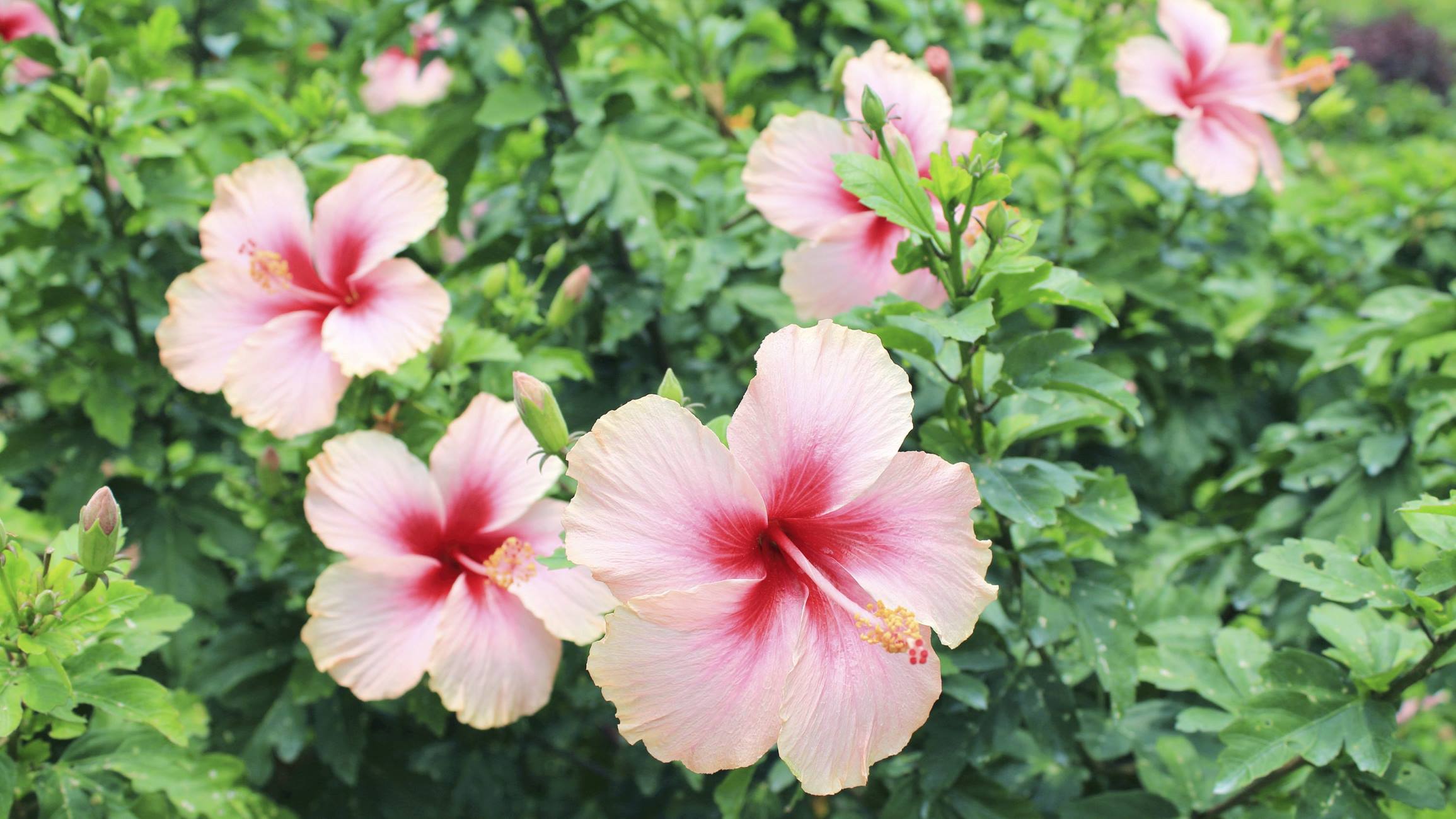
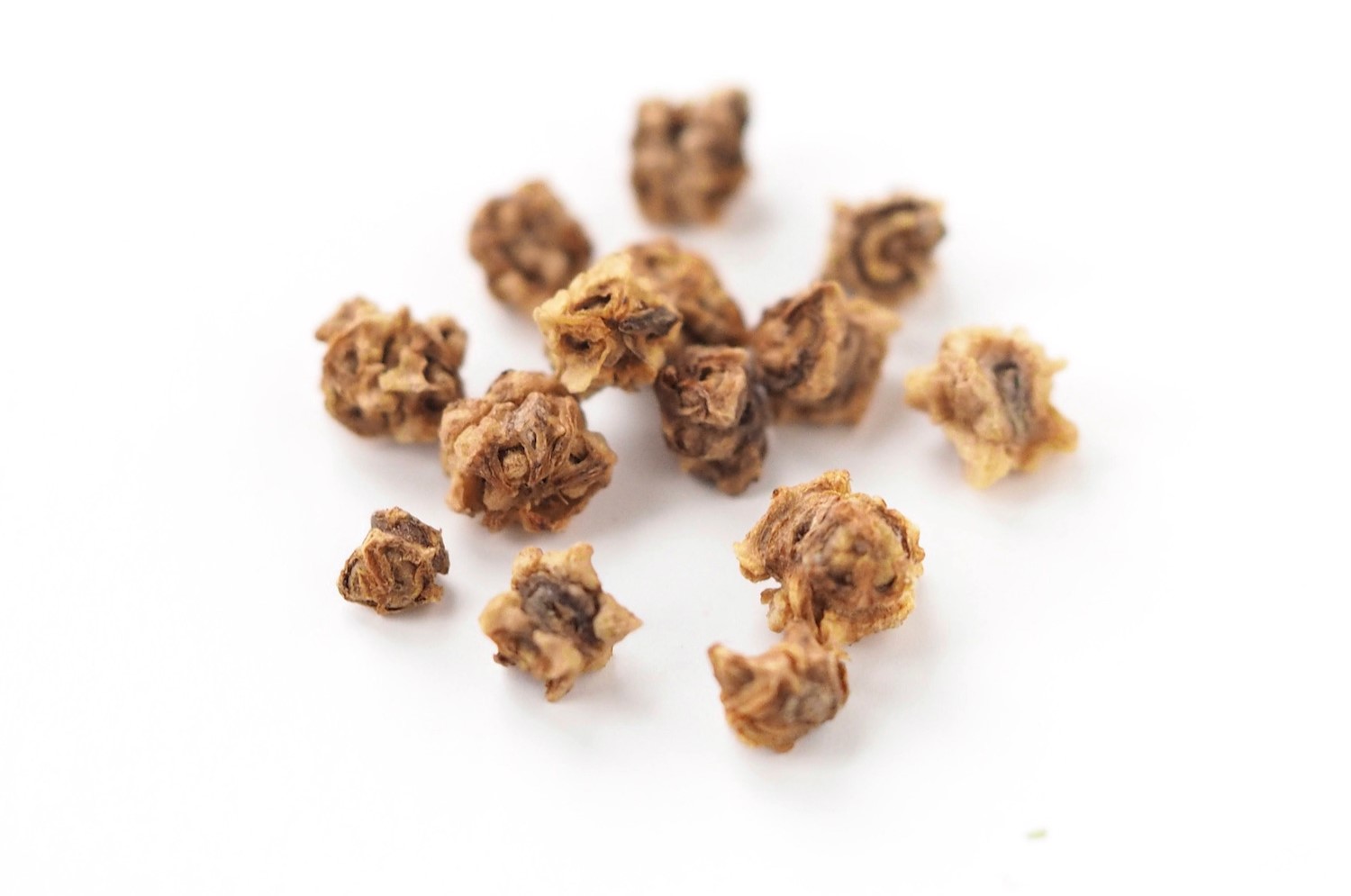
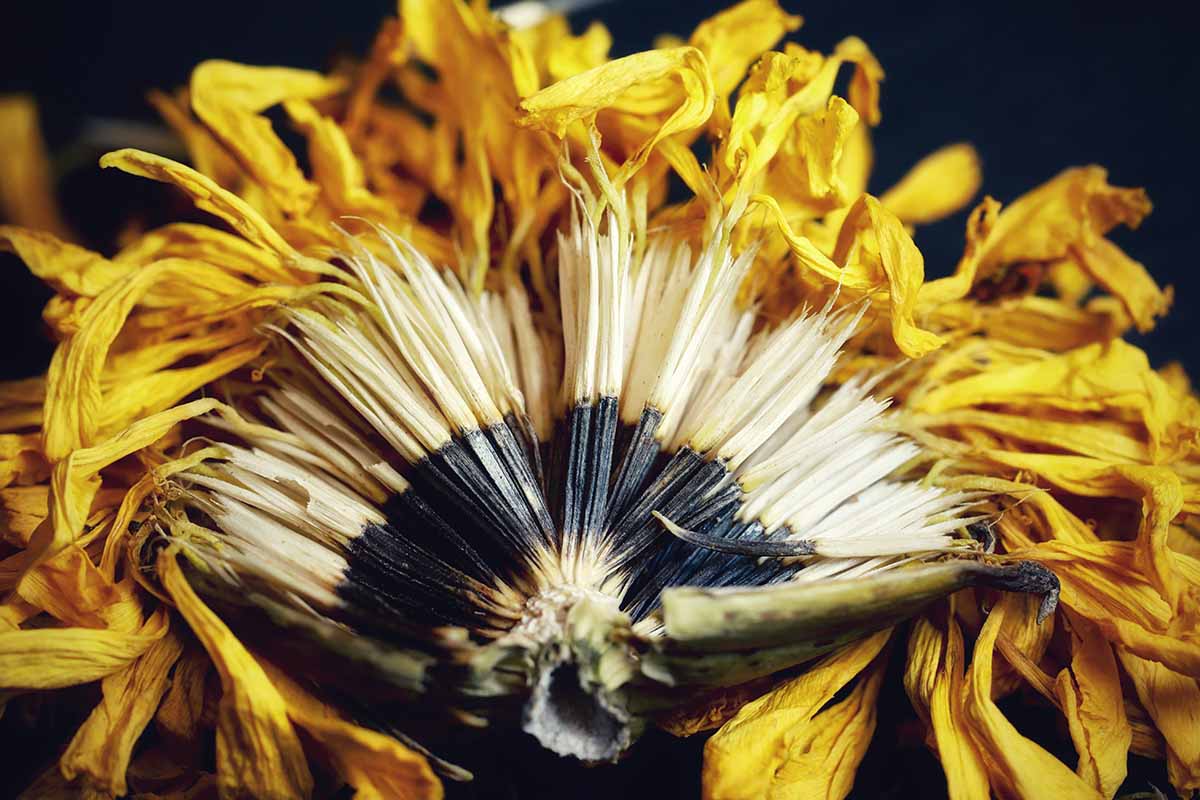

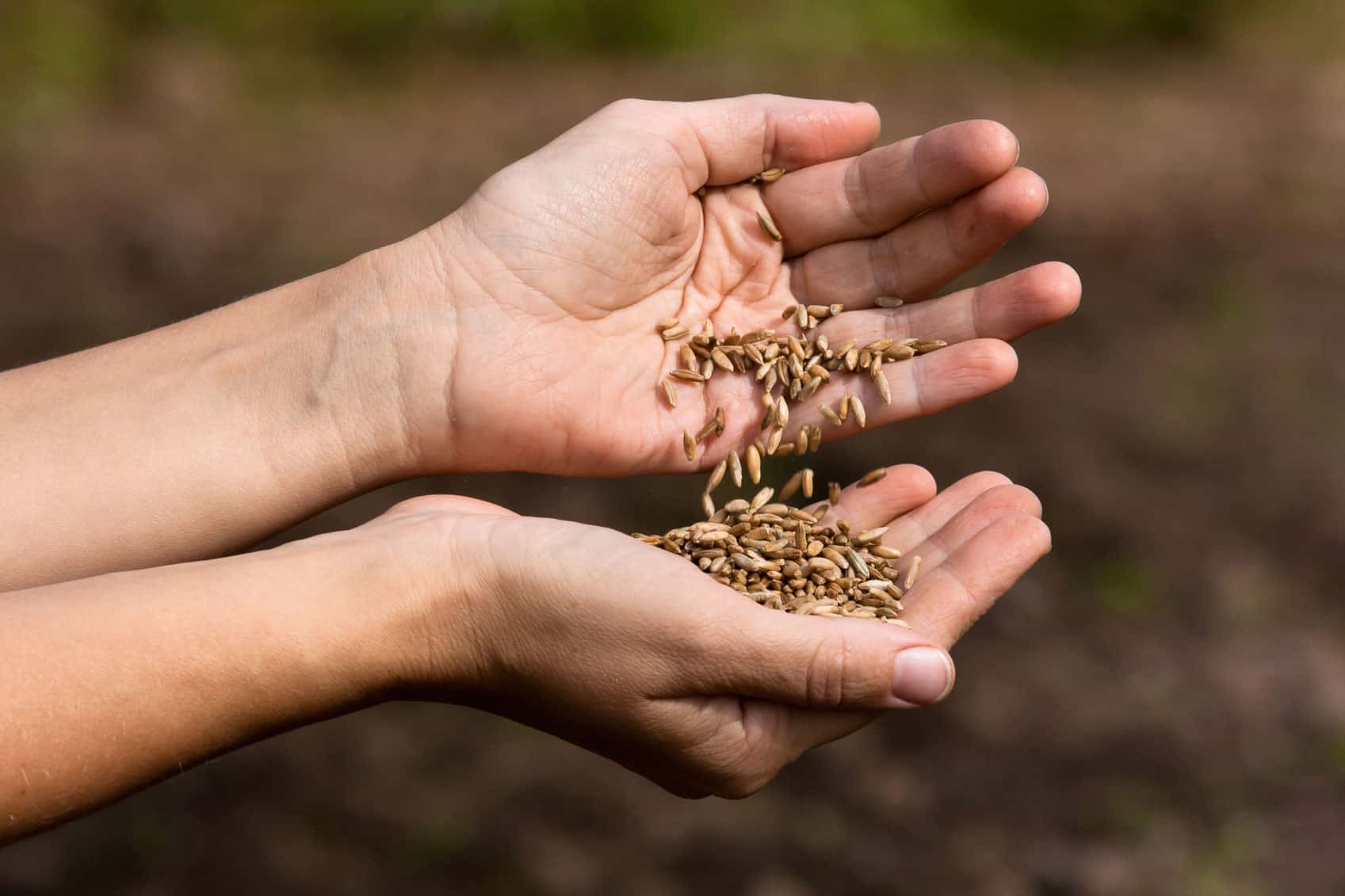
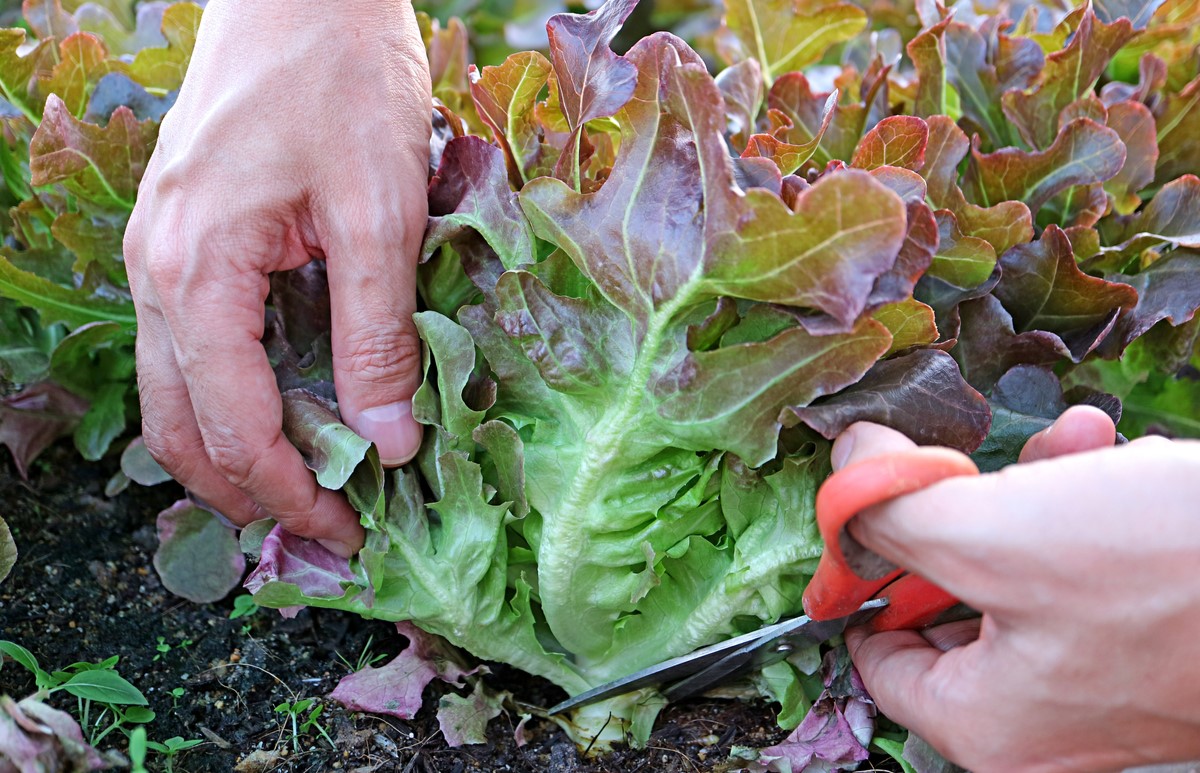
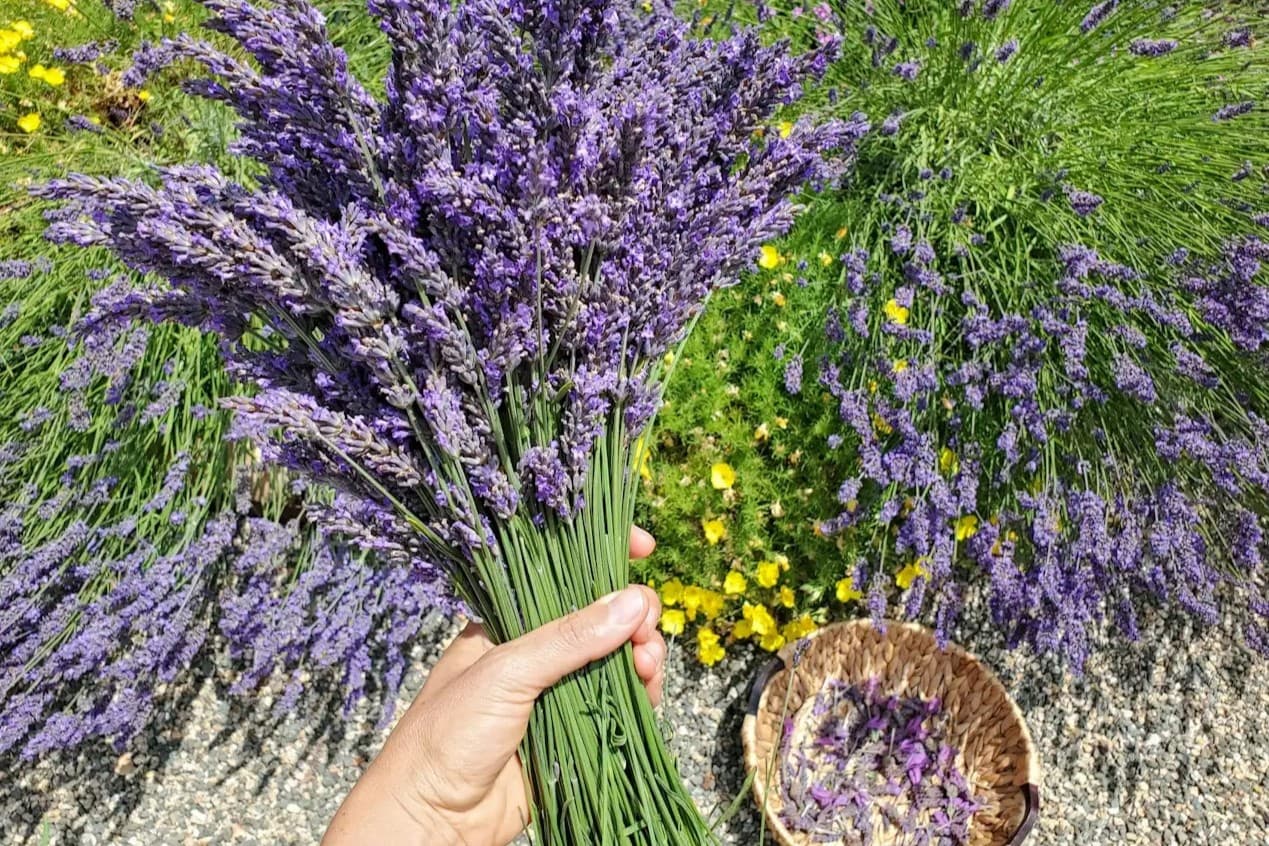
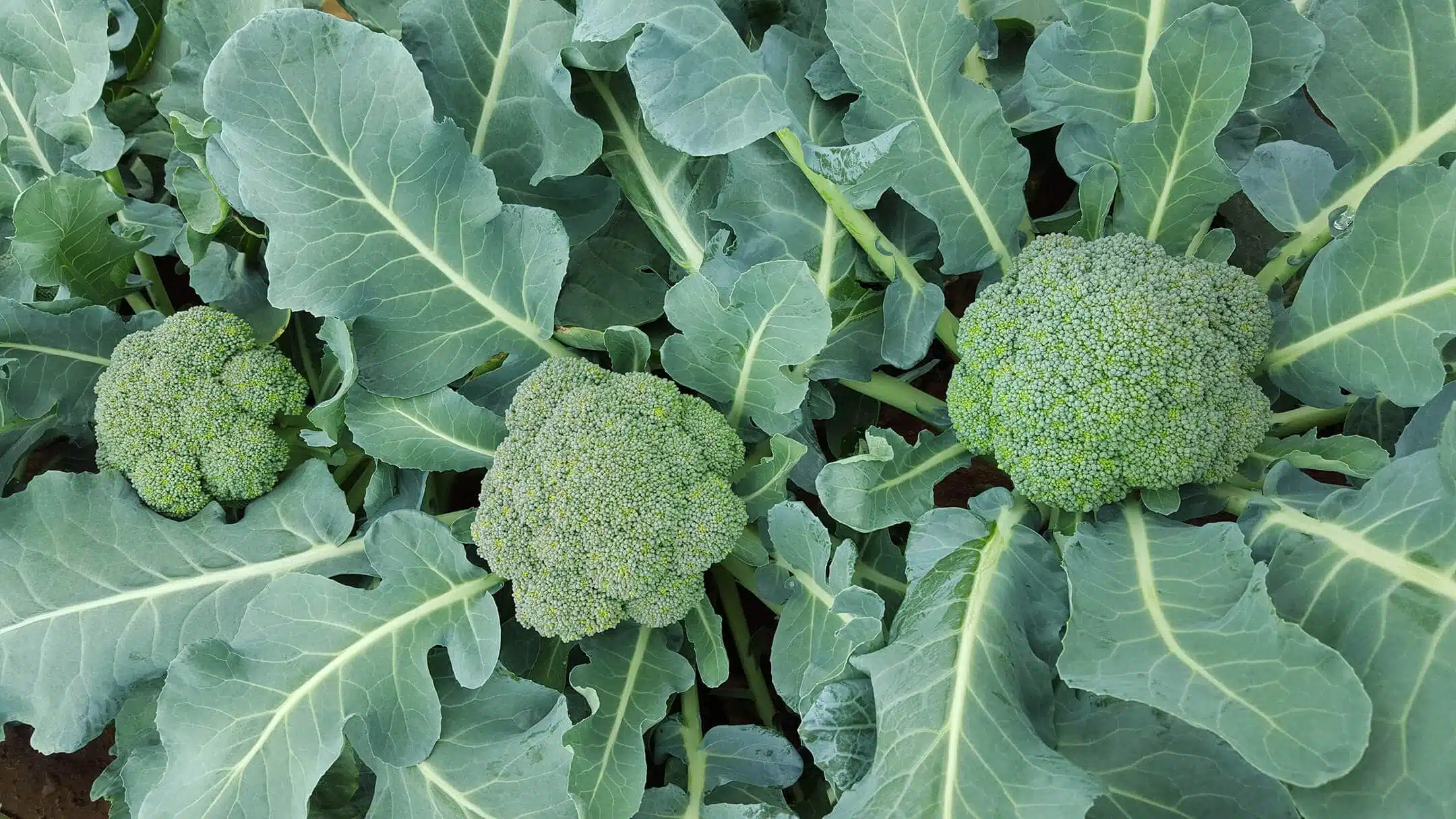
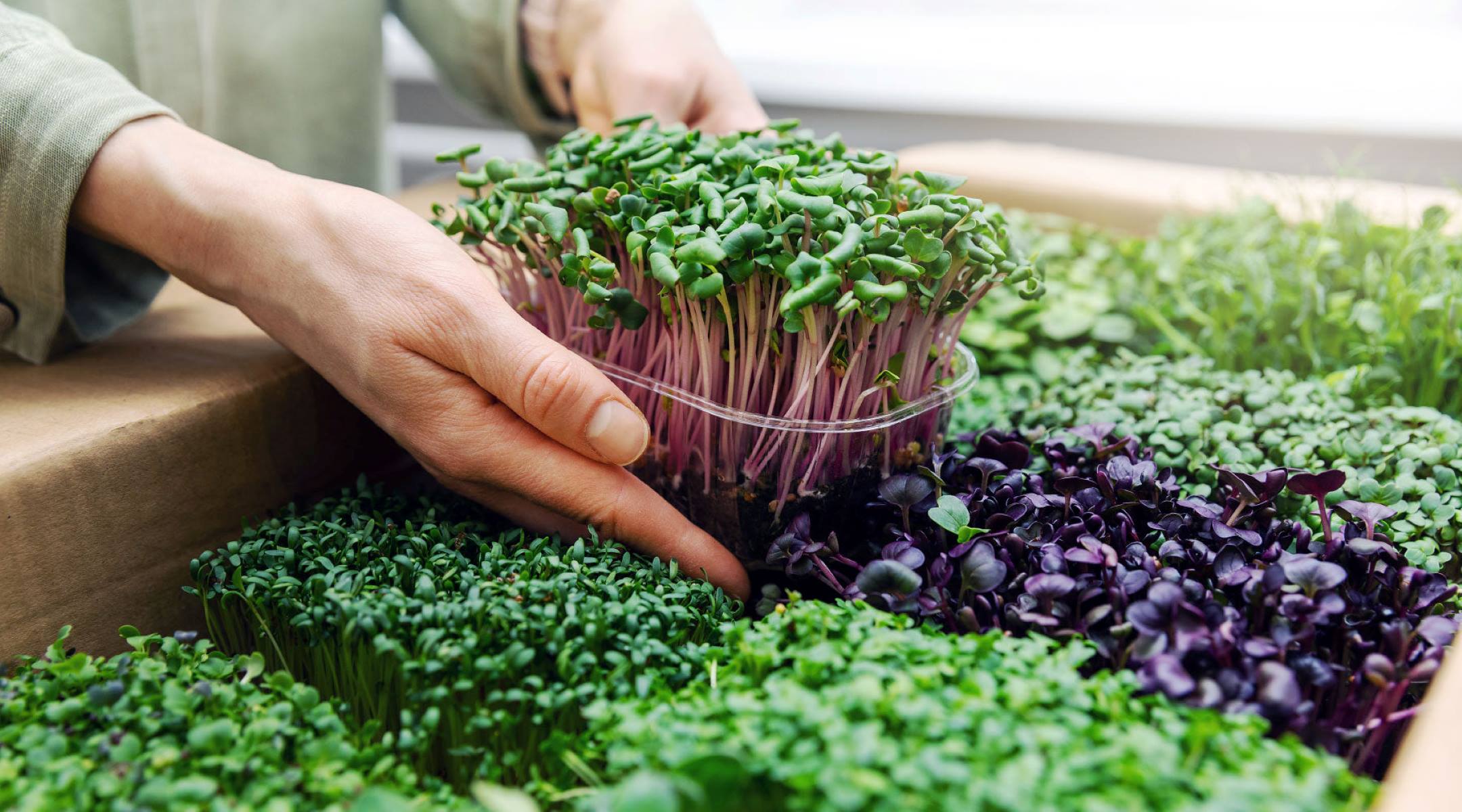
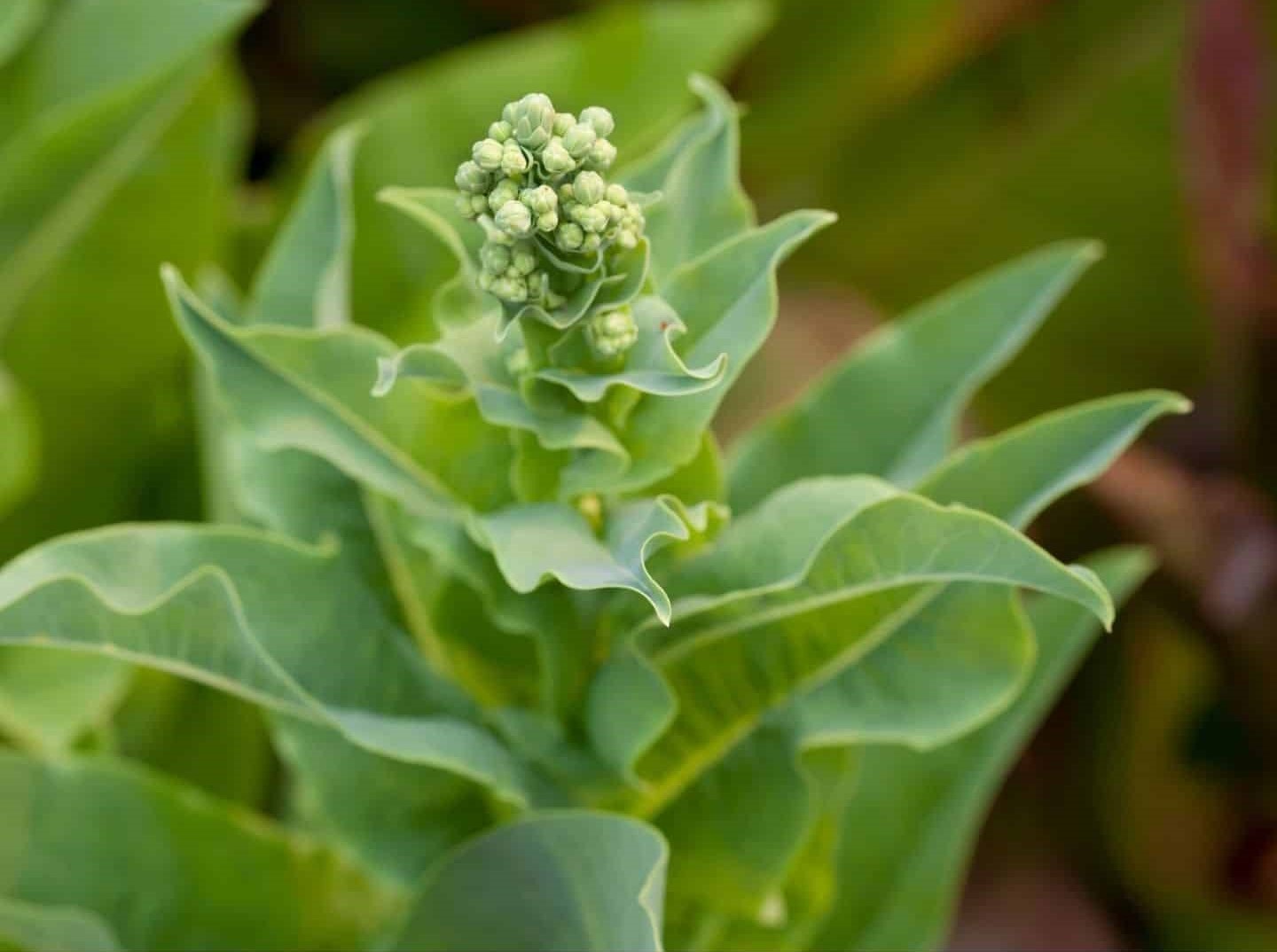
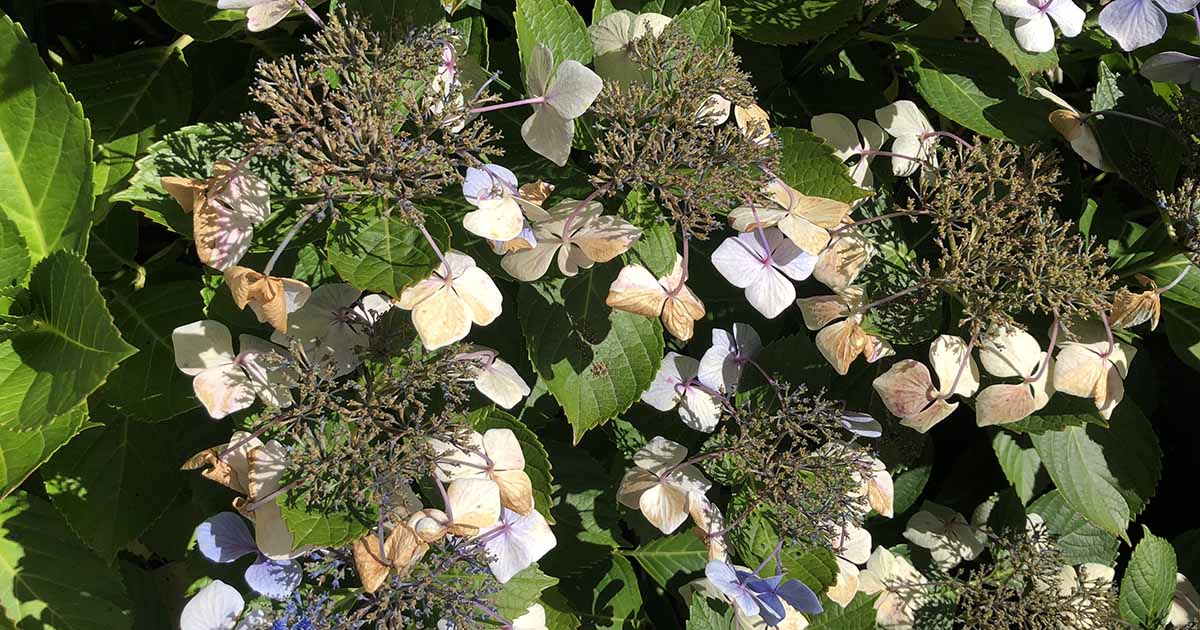
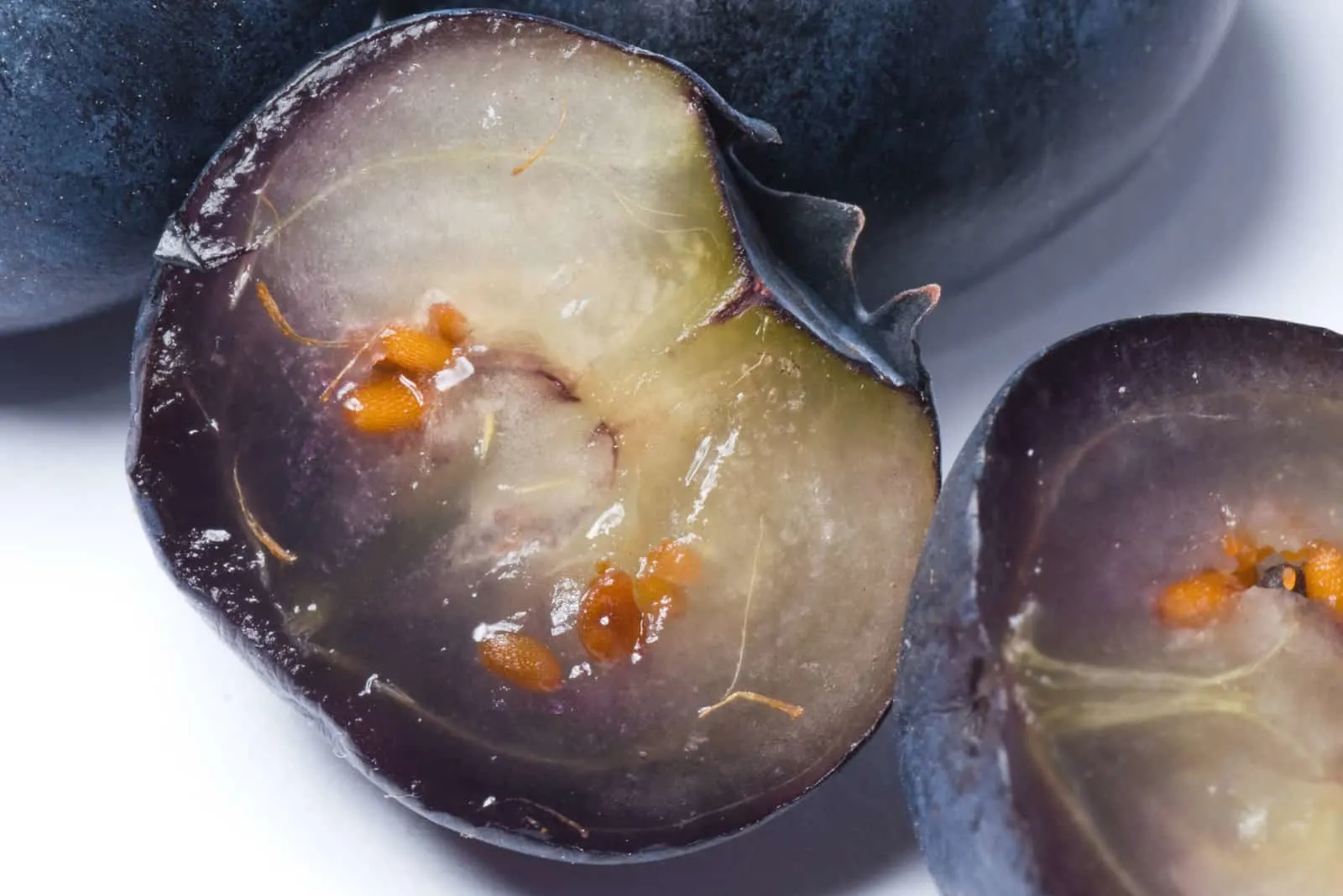

0 thoughts on “How To Get Seeds From Beets”